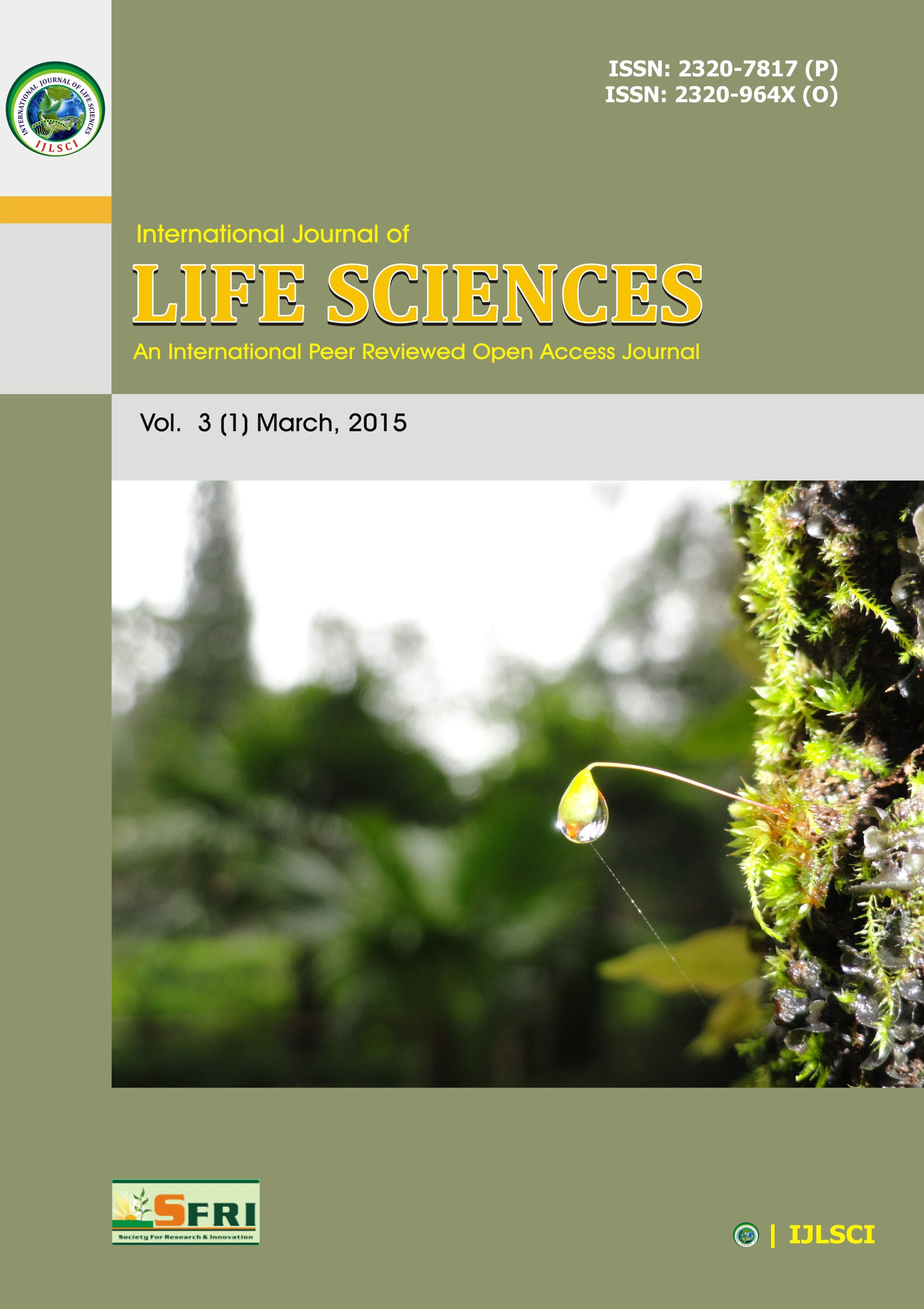Traditional Use of Domestic Animals among Pardhan Tribes of Chhindwara District of Madhya Pradesh, India
Keywords:
Pardhan community, Domestic, Agriculture, Livestock, Nature, ConservationAbstract
Present Ethnozoological study highlights the conservation of domestic animals reared by Pardhan community in Bicchua block of Chhindwara district of Madhya Pradesh. Field study was conducted with Pardhan people with the help of semi structured questionnaire survey. 20 Pardhan people provided information of different ethnomedicinal and other purposes of domestic animals. The results shows that there are 18 domestic animals used in 39 ailments (like weakness, diabetes, cough, cold, tuberculosis, paralysis, fit, asthma, constipation, eye disease, cancer, ulcer, sun stroke, hair growth, drug addiction etc.) and more other purposes. Domestic animals are very important in rural life. Pardhan have rich knowledge of their livestock and emotionally attached with them. In this area there are no any documented literature of their knowledge is available so, this study aims to proper documentation of traditional knowledge of Pardhan community and their livestock.
Downloads
References
Alves RRN, Léo Neto NAL, Santana GG, Vieira WLS, Almeida WO (2009) Reptiles used for medicinal and magic religious purposes in Brazil. Applied Herpetology, (6):257-274. Alves RRN, Rosa I L, Nivaldo A, Neto L, Voeks R (2012) Animals for the Gods: Magical and religious faunal use and trade in Brazil. Hum Ecol., (40): 751–780
Alves RRN (2012) Relationships between fauna and people and the role of ethnozoology in animal conservation. Ethnobiology and Conservation, 1(2): 1-69 Borang A (1996) Studies on certain ethnozoological aspects of Adi tribes of Siang district, A.P. India. Arunachal Forest News, 14(1): 1-5. Costa-Neto (2005) Animal based medicines biological prospection and the sustainable use of zootherapeutic resources. An Acad Bras Cienc, 77: 133-43. Hong L (1990) Animals and the Culture of Yi Nationality. Proceedings: Challenges of Ethnobiology in the 21st Century. II Ethnobiology Congress, China. Kakati LN, Doulo V (2002) Indigenous knowledge System of zootherapeutic use by Chakhesang tribe of Nagaland, India. Journal of Human Ecology, 13(6): 419-423. Lohani U (2010) Man-animal relationships in Central Nepal. Journal of Ethnobiology and Ethnomedicine, 6(31). Lohani U (2011) Traditional uses of animal among Jirels of Central Nepal. Journal of Ethno Med, 5(2): 115-124. Solanki GS, Chutia P (2004) Ethnozoological and sociocultural aspects of Monpas of Arunachal Pradesh. J Hum Ecol, 15: 251-254. Vyas N, Mahawar MM, Jaroli DP (2009) Traditional medicines derived from domestic animals used by Rebari community of Rajasthan, India. Our Nature, 7: 129-138.
Downloads
Published
How to Cite
Issue
Section
License
Copyright (c) 2015 Authors

This work is licensed under a Creative Commons Attribution-NonCommercial-NoDerivatives 4.0 International License.
Open Access This article is licensed under a Creative Commons Attribution 4.0 International License, which permits use, sharing, adaptation, distribution and reproduction in any medium or format, as long as you give appropriate credit to the original author(s) and the source, provide a link to the Creative Commons license, and indicate if changes were made. The images or other third party material in this article are included in the article’s Creative Commons license unless indicated otherwise in a credit line to the material. If the material is not included in the article’s Creative Commons license and your intended use is not permitted by statutory regulation or exceeds the permitted use, you will need to obtain permission directly from the copyright holder. To view a copy of this license, visit http://creativecommons.org/ licenses/by/4.0/











